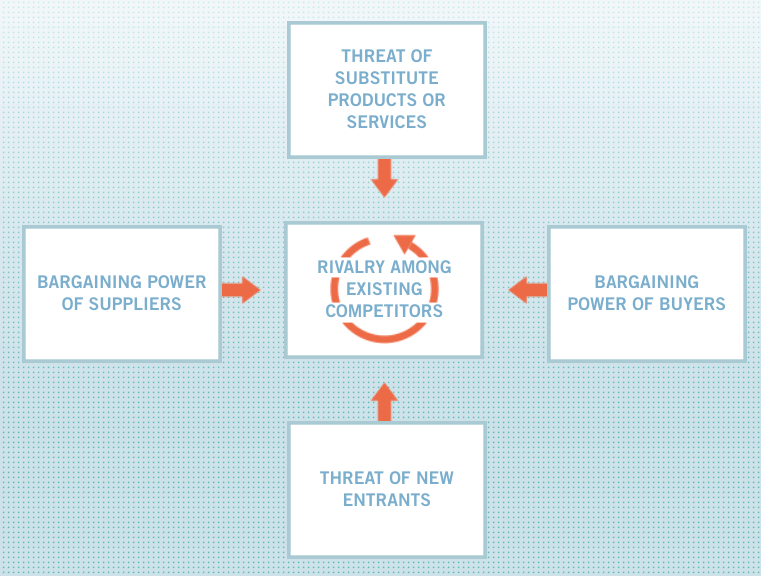5 Simple Methods for Evaluating Your Business For Growth

Before your business starts to really grow, it’s important to have a realistic picture of its current status. There are several methods for doing this which can also bring clarity to your business situation. They can reveal your strengths and weaknesses and show you a birds’ eye view of market forces that affect you. It’s an essential first step towards business growth.
SWOT Analysis

SWOT analysis is the most widely used model. In this method, we create a grid for four sections: Strengths, Weaknesses, Opportunities, and Threats. Strengths and Weaknesses are internal to your company while Opportunities and Threats identify market forces or other external factors. By filling out this chart, you can easily see the situation your business is facing.
SOAR – The Positive SWOT
SOAR is similar to SWOT but takes a more positive slant. It identifies Strengths, Opportunities, Aspirations, and Results. Like SWOT, you list each in the spaces provided and this gives you a clear picture of your company and the current market. SOAR engages all levels and functional areas of an organization, while SWOT is typically a top-down approach.
Some say that since SOAR removes the negatives, it doesn’t give a clear picture. However. with SOAR, the focus is on the organization and enhancing what is currently done well, rather than concentrating on perceived threats and/or weaknesses.
While SWOT looks at the current situation, SOAR presents a vision of future growth.
PEST – A Look at the Outside World
PEST is a similar method that focuses on the market and other external factors. While you examine both internal and external factors with SWOT, PEST focuses only on the external. It stands for Political, Economic, Social, and Technological.
PEST analysis gives you a chance to look at trends in the world like attitudes toward health or lifestyle, exchange rates, government regulations, and technological innovations like automation or AI. PESTLE a variation on PEST that adds in Legal and Environment.
SCOPE Planning – SWOT Taken to the Next Level
This is one of my favourite approaches. SCOPE planning is considered SWOT taken to the next level because it adds a fifth factor and focuses more on strategic development. It stands for Strengths, Core Competencies, Obstacles, Prospects, and Expectations.
It considers the current situation as well as internal and external factors with an eye toward business growth through assessing prospects and expectations.
Porter’s Five Forces – Focus on Competitors

If you want to analyze the market and, in particular, the competition, you might use Porter’s Five Forces. This is a slightly more complex method of analysis that looks at five market forces: Supplier power, buyer power, competitive rivalry, threat of substitution, and threat of new entry.
To use this method, brainstorm factors in each of these categories and chart them on a graph. The completed graph gives you an idea of what you’re facing in the market from other businesses.
These tools are all helpful for businesses that are about to grow. Analyzing your business and the market is an important first step because you need to have a birds’ eye view of the entire situation.
Are you ready to start growing your business? It’s not so hard if you approach it in an organized way. Learn how to conduct an effective analysis of your business and get started growing with the EventPreneur Roadmap.







